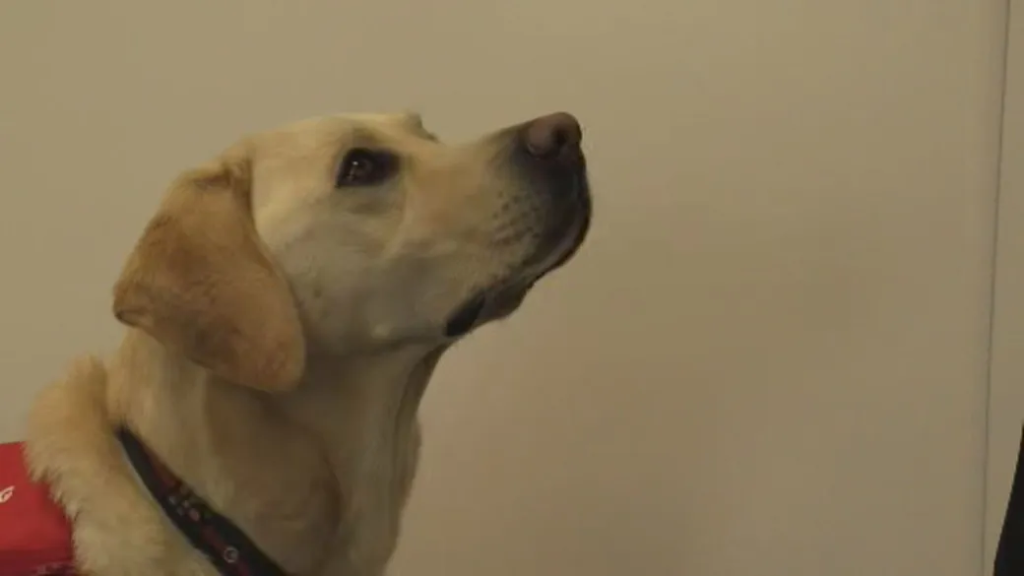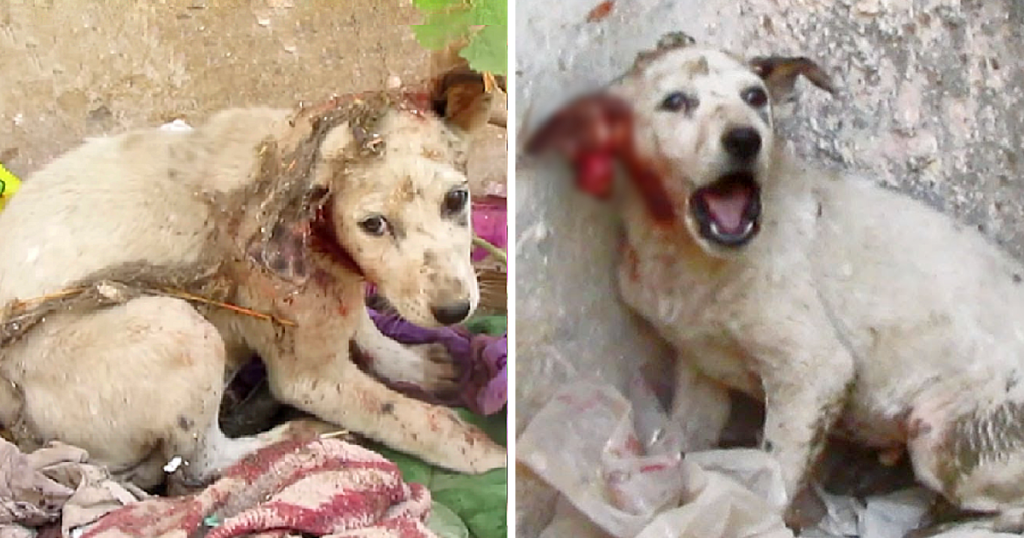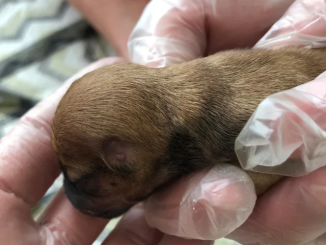
As the availability of COVID-19 tests dwindle across Canada, another option to detect the virus in the form of a furry friend may be the next best thing.
Multiple studies show that dogs can be more effective, faster and potentially less expensive than the current tests on the market.
The research has grown since 2020, with University of California Santa Barbara professor Tommy Dickey finding the collective research shows trained scent dogs are “as effective and often more effective” than both the rapid antigen tests many people keep in their homes, and even the PCR tests deployed at clinics and hospitals.
But even with studies showing their effectiveness, COVID-19-detecting dogs are deployed only in certain jurisdictions in various countries.
One such place is the Canines for Care program at Vancouver Coastal Health (VCH), which started looking into the possibility of training dogs to detect COVID-19 in early 2021.
Dr. Marthe Charles, division head of medical microbiology and infection prevention and control at VCH, said the idea stemmed from the early reliance on laboratory testing.
“I think there was a will from public health at the time and also from the various levels of government to try to find a way that was fast, accurate and non-invasive to be able to detect and train as many people as possible,” Charles told Global News in an interview.
Three dogs — two Labrador retrievers and an English springer spaniel — were brought in for training. The dogs were exposed to items such as masks that were worn by patients either negative or positive for the virus. This trained the dogs to recognize what is and is not COVID-19.

Charles said the dogs were trained since being puppies to associate the scent of COVID-19 with food and were rewarded each time they correctly detected a positive case of the virus.
“So from early on in their lives, they’ve associated the scent of a case of COVID to a rewarding scent,” she explained.
This reward method is not just used by VCM. It was also used with a group of dogs sourced in early 2021 for a French study, trained at detection using toys — usually tennis balls — as rewards.
Dr. Carla Simon, owner of Hunter’s Heart Scent Detection Canines in Calgary, said this method of training dogs is common. By using rewards, it can help motivate them to find the scent.
“We would pair, let’s say, the sweat samples with COVID, with their reward, and they notice that every time they find their reward, there’s that special smell,” she explained. “We just have to make it rewarding for the dog.”
She added, however, that the dog chooses the reward so trainers can ensure the canines “show up every day and want to do their job.”
Earlier this month, Dickey along with Heather Junqueira of BioScent, Inc. gathered several peer-reviewed studies into a review that was published in the Journal of Osteopathic Medicine. Dickey said the number of peer-reviewed studies over the past few years went from four to 29, incorporating the work of more than 400 scientists from more than 30 countries and 31,000 samples.
The review noted the effectiveness of dogs’ ability to detect COVID-19 comes down to their noses.

“The nose is not like humans,” Simon said. “It’s massively different, orders of magnitude different, and they can detect things without us being able to smell them.”
Humans have about five to six million olfactory receptors in their noses, while dogs have hundreds of millions. One-third of their brain is devoted to the interpretation of smell — something only five per cent of a human’s brain is committed to, according to Dickey’s review.
The study found dogs’ noses may even be able to detect pre-symptomatic COVID-19 cases, or even those who will develop symptoms later.
Dickey told us in an interview that this could help limit or stop the virus from spreading.
“The longer the wait is between your test and your result, that’s a latent period,” he said. “During that time you’re running around spreading COVID and you don’t know it. The dogs with a direct sniff will be done in seconds.”
Many of the studies conducted, including the work at VCH through the Canine for Care program, have shown dogs’ ability to detect the disease correctly with a success rate of more than 90 per cent. Additionally, the studies also showed a high speed at which the dogs could identify cases. In one study in Thailand, researchers reported the dogs had gone through thousands of samples in just a few weeks.
“The dogs take only one to two seconds to detect the virus per sample. Once they detect a patient, they will sit down,” said Chulalongkorn University professor Kaywalee Chatdarong, who led the 2021 project. “This takes only one to two seconds. Within one minute, they can manage to go through 60 samples.”
Even though the research suggested deploying scent-detection dogs could also be less expensive than rapid or PCR tests, Charles cautioned the logistics that go into training the dog is where it becomes “more prohibitive.”

In VCH’s case, training of the dogs included the medical microbiology lab to provide samples for use, working with infection prevention teams and control nurses, and if a dog identifies an area of concern, cleaning services may need to be utilized. And when it comes to rolling out testing using the dogs, enough staffing is needed for mass screening.
Despite this, while Charles says deploying the dogs widely could be difficult due to staffing and training, they are still one of several tools that can be used in COVID-19 detection.
“I think the way to see those dogs from my perspective is really like another tool in the toolbox and trying to prevent further transmission of pathogen of concern,” she said.
Dickey and Junqueira say dogs should have a place in “serious diagnostic methodology” including in helping should the world face a future pandemic.
Till these kind rescuers showed up, a stray puppy with his ear severed cried out for help.

With increased interest in animal welfare, groups and institutions are springing up all over the world to rescue and protect animals in distress. This heartwarming story is about a dog rescued from the streets by an Indian animal protection organization. The puppy was badly injured in one ear when it was discovered. His appearance, crying out in agony, breaks the rescuer’s heart. However, the puppy’s behavior changed dramatically after that.
A white dog was discovered on the streets of India one day. The rescuers quickly phoned Animal Aid, an Indian charity that saves and protects animals.

What sort of dog is requesting assistance… Rescue personnel that arrived on the spot were misled. When they noticed the puppy, they took a brief pause.
One ear of the puppy, who was whimpering and sitting on the road’s edge, hung down and was nearly ripped.

A puppy screaming in agony and dangling his bloodied ears. Because it hurt so much, he wailed and tossed his head from side to side. The rescuer approaches the puppy gently and quietly.
The dog, on the other hand, was terrified and in pain. She wept and retreated from Zurizuri and her rescuers.

Close inspection indicates that the hair is sticking to the surrounding dust, grass, and dust.
The rescuer provided food to the dog, but the puppy was in such much pain that he refused any food.
In the face of such a dog, rescue workers never give up. I wish to relieve this child’s pain. She might have other injuries.

He took his time approaching the puppy and wrapped a blanket around his body. The puppy was then wrapped in a blanket and transported to the Animal Aid center.
The puppy was promptly sedated upon arrival at the institution, and veterinarian care commenced.

His ears, which are only held together by a sliver of tissue, are medically removed and meticulously sutured. After the dramatic rescue play, the puppy was finally able to rest calmly.
“Banjo” was subsequently given to the dog. In his case, he has only two ears, which is a dog trait. He was also two weeks post-surgery.
Banjo has undergone a significant transformation!
Banjo’s presence two weeks later thrilled the audience. When Banjo was discovered, he was absolutely scared and shaking.
He is now going around and playing with other dogs and people.

The puppy’s mischievous side is also coming to life. Nobody who discovered him realized he was such a fun and attractive dog at the time.

Some people may ask if it’s okay for a dog to be deaf in one ear. In the case of Banjo, though, he seemed indifferent about losing one of his ears.

I hope Banjo, who has made a moving change, will continue to live happily.



Leave a Reply